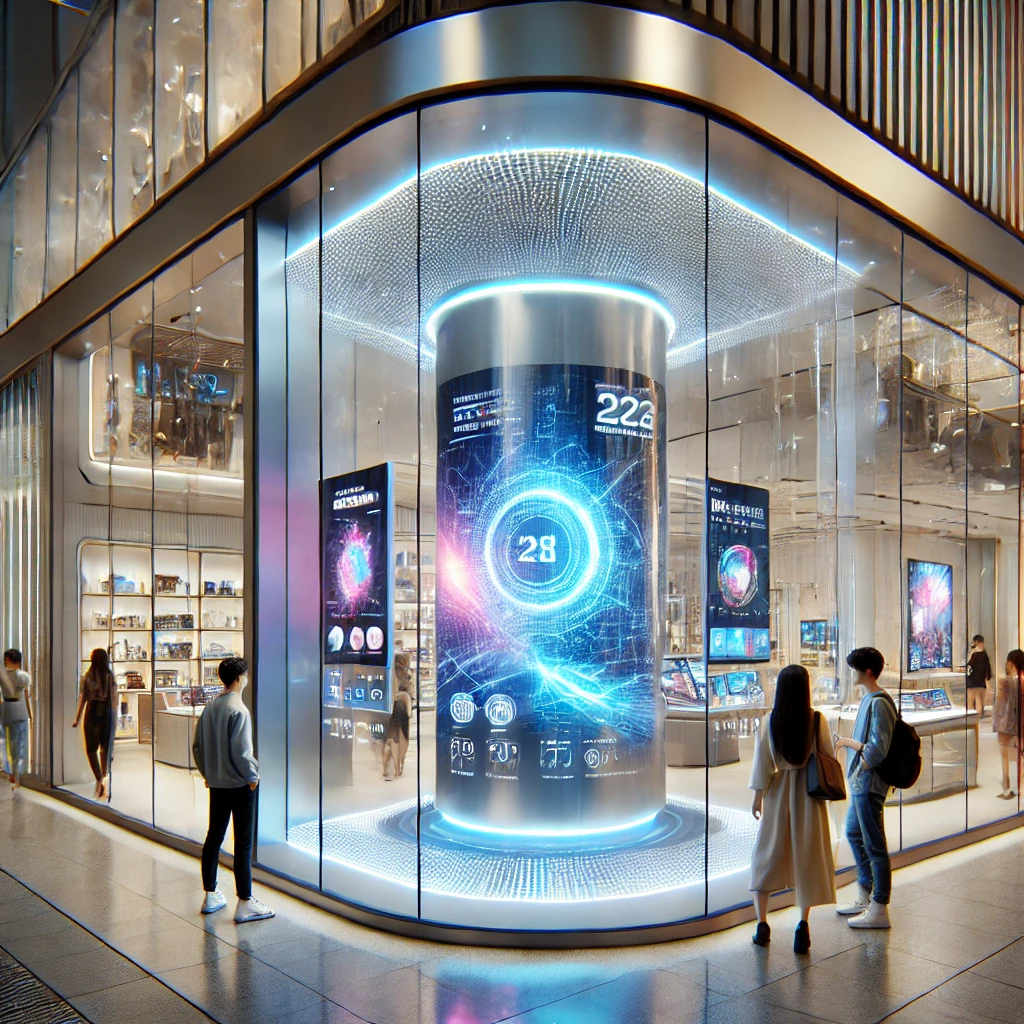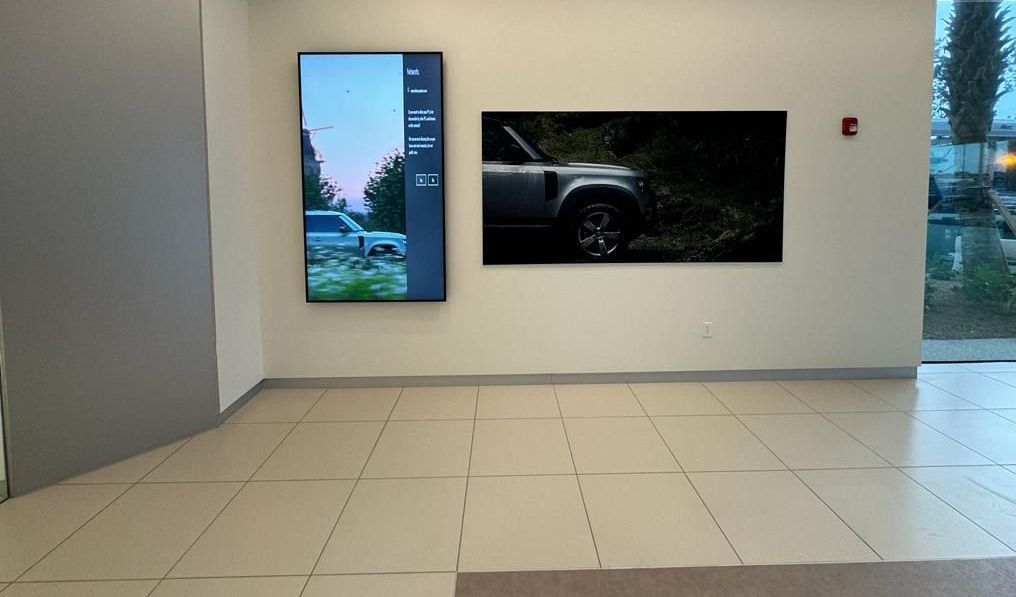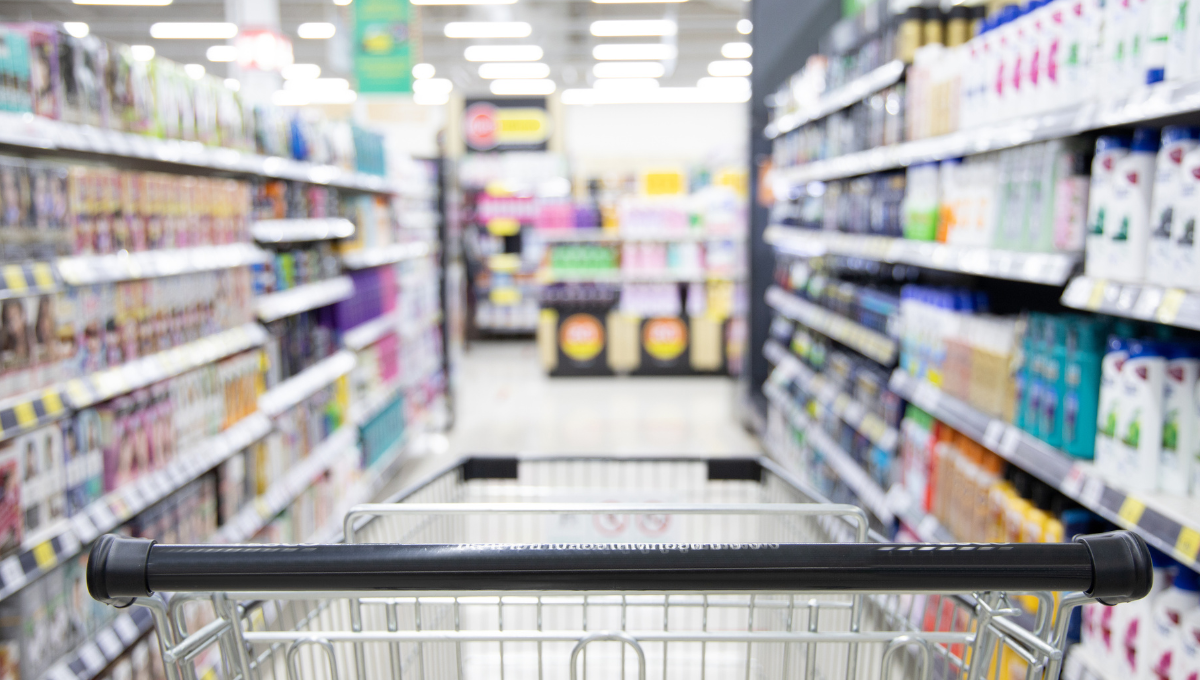Optimizing Customer Experience: Practical Strategies for Restaurant Staff Management
Keys to Enhance Efficiency and Satisfaction in Your Restaurant

In the dynamic restaurant industry, personnel management is not merely an essential aspect but can be the very soul driving the success of an establishment. From the warm welcome at the door to the final impression after dessert, every customer interaction is intricately linked to the effectiveness of how teams are managed and led. This blog delves into the fascinating world of restaurant staff management, exploring key practices that not only optimize internal performance but also elevate the customer experience to new heights.
Join us on this journey toward excellence in personnel management and customer satisfaction in the culinary world through specific strategies and practical advice.
Key Practices for Personnel Management:
Optimizing performance, development, and well-being of employees is essential. Let's delve into some key practices, backed by concrete examples:
1. Define Roles and Responsibilities:
Clear definition of roles and responsibilities is a fundamental pillar for effective management. This not only avoids confusion but also allows each team member to understand their contribution to the restaurant's success. For instance, in a fine-dining restaurant, assigning specific roles to chefs, waitstaff, and cleaning personnel ensures a seamless operation.
2. Set Measurable Goals:
Establishing clear and measurable goals is crucial for assessing progress and motivating staff. For example, a specific goal could be to improve customer order response time by 15% in the next month. Measuring this goal allows staff to visualize their direct contribution to service efficiency.
3. Provide Constructive Feedback:
Constant feedback is a powerful tool for staff growth. Imagine a waiter receiving praise for excellent service during a busy night. Providing specific feedback, highlighting positive actions like courtesy and speed, reinforces desirable behaviors and motivates the employee.
4. Continuous Training:
Continuous training is essential to keep staff updated and engaged. For instance, implementing monthly training sessions to enhance customer service skills not only benefits the restaurant by providing high-quality service but also offers growth opportunities for staff.
5. Foster Teamwork:
Collaboration among employees is key to a smooth operation. In a restaurant context, organizing events or activities outside working hours can strengthen bonds among team members, translating to a more harmonious work environment and, consequently, more efficient service.
6. Efficient Conflict Resolution:
Conflicts are inevitable, but addressing them quickly and effectively is essential for maintaining workplace harmony. For example, implementing a mediation system or assigning a human resources representative can resolve issues fairly, contributing to a positive work environment.
7. Promote a Positive Atmosphere:
Cultivating a positive organizational culture is an essential component. For example, publicly recognizing team achievements, such as a flawless month of service or successful implementation of new practices, reinforces the restaurant's values and boosts staff morale.
These practices are not only fundamental for effective personnel management but also contribute significantly to continuous improvement in performance and customer experience in your restaurant.
Tips for Implementing These Practices in a Restaurant:
Implementing effective personnel management practices in a restaurant environment requires consideration of the industry's specificities. Here are specific tips to ensure successful integration:
1. Use Management Software:
Employ technological tools designed for restaurant management. Comprehensive software can facilitate scheduling, vacation management, attendance tracking, and payroll. Platforms like Deputy or When I Work simplify administrative processes and optimize efficiency.
2. Create an Operations Manual:
Develop a manual detailing procedures and specific quality standards for each restaurant area. This ensures that all employees understand expectations and contributes to maintaining consistent, high-quality service. Documenting the preparation of special dishes or hygiene standards is an example.
3. Hold Regular Meetings:
Schedule regular meetings to keep all staff informed about updates, goals, and results. These meetings are an opportunity for two-way communication, where employees can express their opinions and suggestions. They also help keep everyone on the same page, promoting a sense of unity and purpose.
4. Design a Training Plan:
Create a training plan addressing both technical and personal aspects. For example, establish a training program covering modules on food handling, safety and hygiene protocols, as well as communication and leadership skills. This comprehensive approach ensures a well-prepared and versatile staff.
5. Implement an Incentive System:
Establish a reward system that recognizes employees' effort and creativity. This can include bonuses, monthly awards, or even public recognition. For example, instituting an "Employee of the Month" program with special benefits can motivate high performance and foster a positive competitive atmosphere.
These tips not only facilitate the implementation of best personnel management practices but also contribute to building a strong, success-oriented organizational culture specific to a restaurant. Remember to adapt these suggestions according to the specific needs and dynamics of your establishment.
Staff Motivation to Improve Customer Experience:
Staff motivation emerges as a pivotal factor in creating an exceptional customer experience. Employee performance and attitude are directly influenced by their level of motivation, translating into service beyond customer expectations. Let's explore in-depth how to cultivate this motivation, essential for forging a genuine connection with customers:
1. Establish Clear Vision and Mission:
Communicating a strong vision and mission for your restaurant not only provides direction for the business but also offers a clear purpose for your staff. When employees understand how their work contributes to the restaurant's goals and values, meaningful connections can be created. For example, sharing stories of satisfied customers during staff meetings reinforces the emotional connection and motivates the team.
2. Give Autonomy and Empowerment:
Trusting employees to make decisions and express their opinions strengthens their sense of belonging and commitment. Granting autonomy, especially in situations requiring adaptability, empowers staff to provide creative solutions. For instance, allowing waitstaff to make decisions on how to address specific customer issues can not only resolve unexpected situations but also increase job satisfaction.
3. Recognize and Celebrate Achievements and Improvements:
Recognition for a job well done is a powerful motivation tool. Celebrating individual or team achievements and improvements reinforces positive behaviors. For example, a monthly recognition program highlighting employees who have received positive customer feedback can motivate the recognized staff and inspire others to strive for excellence.
4. Offer Incentives and Rewards:
Beyond financial compensation, incentives and rewards can be strong motivators. These can range from bonuses and prizes to public recognition. A practical example could be implementing a "secret shopper" program where employees are rewarded for providing exceptional experiences, encouraging consistent high performance.
These practical examples illustrate how staff motivation goes beyond simply completing tasks; it is the engine that drives exceptional service and an authentic connection with customers. At the intersection of a clear vision, a positive environment, and meaningful recognition lies the key to boosting staff performance and, ultimately, elevating customer experience to memorable levels.
Best Practices for Personnel Management in Restaurants:
Effective personnel management in the restaurant industry is an art that goes beyond simply organizing schedules and assigning tasks. It involves understanding the complexities of customer service, team coordination, and adaptability to the demanding dynamics of the sector. Let's explore in detail some fundamental best practices for personnel management in restaurants, illustrated with practical examples to guide the way toward operational excellence:
1. Adapt Schedules and Workloads:
Understanding fluctuations in demand is essential to optimize staff efficiency. For example, during peak hours, assigning more staff in service areas can reduce wait times and enhance the customer experience. Conversely, during quieter periods, adjusting schedules to avoid staff overload is crucial for maintaining morale and service quality.
2. Create Balanced and Complementary Teams:
Harmony within the team is the foundation of exceptional service. By forming teams that complement each other's skills, efficiency is maximized. A practical example would be assigning a waiter with exceptional customer service skills to a table with patrons seeking a more personalized experience, while another with quick skills attends to more dynamic tables.
3. Prioritize Communication:
Transparent and open communication is the glue that keeps the team together. Implementing an effective system, such as regular meetings or internal messaging platforms, ensures everyone is aware of updates, procedural changes, and restaurant goals. This constant flow of information not only keeps staff informed but also fosters a sense of belonging.
4. Invest in Continuous Training:
Continuous learning is essential in a dynamic environment like restaurants. Providing training opportunities that cover technical skills, such as food preparation and safety and hygiene, as well as personal skills like communication and leadership, ensures a versatile staff. A restaurant that invests in its staff's development not only improves its service but also stands out as an employer of choice.
5. Encourage Collaboration:
Teamwork is the heart of a successful restaurant. Encouraging collaboration between different areas, such as kitchen and service, through interdepartmental activities can enhance coordination and efficiency. For example, organizing "open kitchen" sessions where chefs and service staff can share ideas can improve mutual understanding and contribute to better teamwork.
6. Embrace Flexibility:
The ability to adapt to unexpected changes is a valuable skill in personnel management. Maintaining flexible policies that allow adjustments based on changing market and staff needs is essential. For example, implementing a shift-swapping policy that allows employees to manage their schedules according to their personal needs can improve satisfaction and staff retention.
7. Constantly Evaluate and Adjust:
Continuous improvement is the foundation of any successful management. Conducting regular assessments of staff performance, gathering feedback from both customers and employees, allows for identifying areas of improvement and adjusting strategies. A practical example would be conducting regular customer surveys to gather opinions on service and using that feedback to make operational and training adjustments.
These practices not only form an operational guide for personnel management in restaurants but are also the cornerstone for creating an exceptional customer experience. By implementing these strategies, restaurants can not only address operational challenges but also stand out as leading culinary destinations in terms of service and quality.
Elevating Customer Experience Through Exceptional Personnel Management in Restaurants
In the fascinating world of restaurants, personnel management emerges as the differentiating element that not only drives internal efficiency but also sculpts the unique experience that diners carry with them. Exploring best practices for personnel management in restaurants reveals a universe of strategies that go beyond simple task coordination, directly impacting customer satisfaction and the establishment's reputation.
From clearly defining roles to adapting to changing market demands, each aspect of personnel management plays a crucial role. Creating balanced and complementary teams ensures smooth operations and adds layers of sophistication to the service. Transparent communication, continuous training, and collaboration among teams form the connective tissue that keeps the organizational culture vibrant.
Moreover, we cannot overlook the importance of staff motivation—a vital ingredient that transforms daily tasks into memorable experiences for customers. From recognitions and celebrations to creating a positive work environment, every effort to motivate staff contributes to forging a deeper connection between the team and customers.
In an era of fierce competition in the restaurant industry, constant evaluation and flexibility in management become imperative. The ability to adjust to changing expectations, gather feedback regularly, and evolve according to market trends becomes the helm guiding restaurants toward sustainable excellence.
In summary, personnel management in restaurants is not merely an administrative task; it is the driving force behind the customer experience. Those restaurants embracing these practices not only thrive internally, improving efficiency and staff morale but also rise as culinary destinations of choice for food enthusiasts. In a world where service quality is a crucial hallmark, personnel management stands as the art that transforms every meal into an unforgettable experience.













